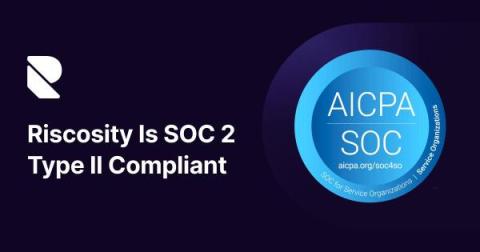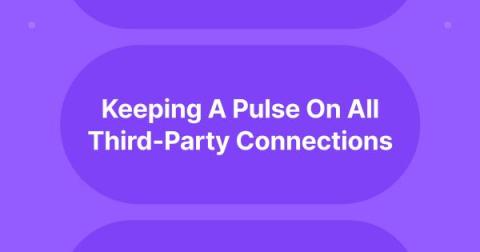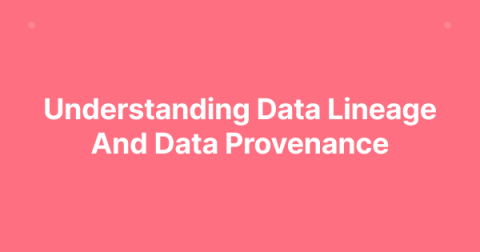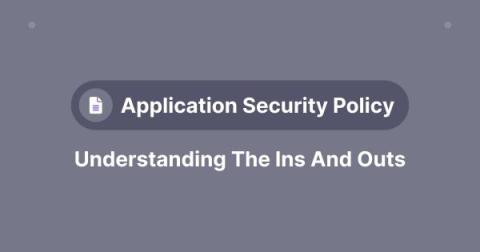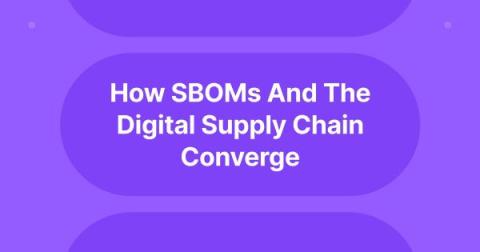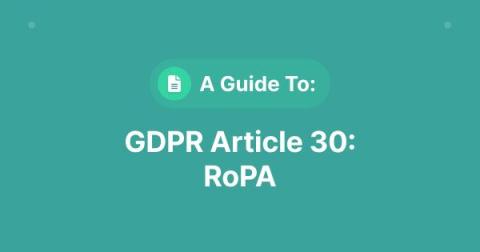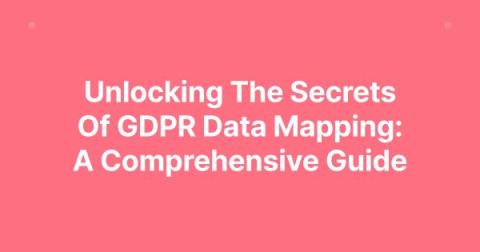Security | Threat Detection | Cyberattacks | DevSecOps | Compliance
Latest Posts
Keeping a Pulse on All Third-Party Connections
The core tenets of information security is to protect assets from unauthorized disclosure, prevent unauthorized changes, and to make them available as needed. These align with the CIA security triad of Confidentiality, Integrity, and Availability.
Understanding Data Lineage and Data Provenance
Data lineage and data provenance are related terms, but different. Lineage focuses on the origins and movements of data over time, while provenance focuses on the transformations and derivations of data from original sources. Provenance helps teams to follow the source of data and verify its authenticity, surfacing any potential risks or vulnerabilities. In other words, lineage is more about “where” data travels, and provenance is more about the “what” of data history.
The Ins and Outs of Application Security Policy
A policy, by definition, is a statement of management intent that is mandatory for an organization. A security policy, obviously, focuses on the security of information assets.
Understanding Software Licensing Agreements
The great Yogi Berra is often quoted as having said "in theory, there is no difference between practice and theory. In practice, there is." Perhaps the same can be said about software licensing agreements. There are often two dimensions to any software license agreement: what’s in the agreement and how the commercial relationship is implemented in practice.
Welcoming Bob Lyle,Our Chief Revenue Officer
We are thrilled to welcome Bob Lyle to Riscosity as our Chief Revenue Officer. Bob is an accomplished executive with extensive GTM experience in scaling software and security companies. He will be responsible for the planning, development, and global execution of our revenue strategy as we continue to evolve our business.
Unveiling Application Security: Threats, Tools, and Best Practices for 2024
How SBOMs and The Digital Supply Chain Converge
Software development is not slowing down and neither are the demands for new features. In order to keep up with the needs of the market and tight deadlines, software engineers have become adept at leveraging the massive ecosystem of 3rd party libraries available in source code management repositories such as GitHub. After all, why build something yourself and waste precious time when you can use what someone else has already created?.
A Guide to GDPR Article 30: RoPA (Records of Processing Activities)
Data privacy has never been more critical for business success as it is today, and organizations worldwide are grappling with the stringent requirements of the General Data Protection Regulation (GDPR). One crucial aspect of GDPR compliance is maintaining a Record of Processing Activities (RoPA), which serves as a testament to an organization’s commitment to data protection. But what exactly is a RoPA, and how can organizations create and manage one effectively?
Unlocking the Secrets of GDPR Data Mapping: A Comprehensive Guide
Imagine a world where you confidently navigate the complexities of General Data Protection Regulation (GDPR) compliance, streamline data processes, and safeguard sensitive information. Sounds enticing, right? The key lies in unlocking the secrets of GDPR data mapping. Let’s explore the ins and outs of this powerful process and learn how to harness its full potential for your organization.


